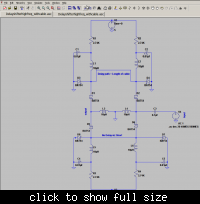crazyboy
Newbie level 6

Hi friends can any one suggest a schematic of a wide band (30-500MHz) analog time delay circuit? I need a maximum time delay of 5ns with steps of few pico seconds. I will be very much thankful:-D.



